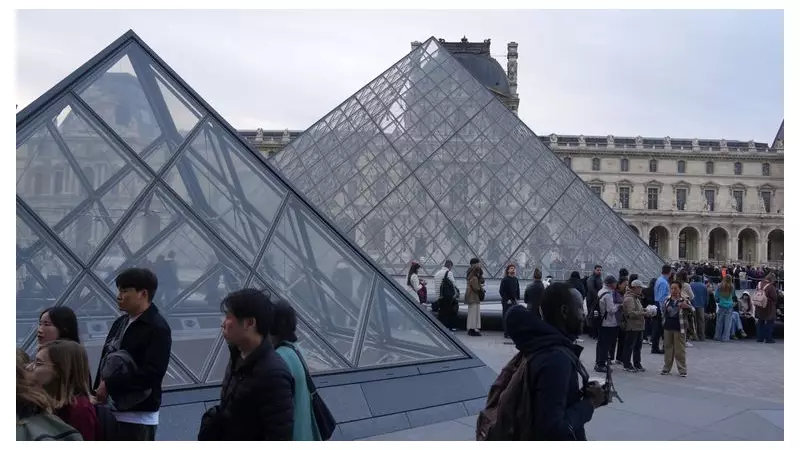
In a dramatic development that reads like something from a crime thriller, French investigators have made a major breakthrough in the ongoing investigation into a high-profile theft at the world-famous Louvre Museum in Paris. Five new suspects have been apprehended, with one crucial arrest coming directly from DNA evidence recovered from the crime scene.
The investigation, which has been running for several months, centres around the disappearance of valuable artefacts from the prestigious Parisian institution. While authorities remain tight-lipped about the exact nature of the stolen items, sources suggest they include historically significant pieces worth millions of euros on the black market.
The Genetic Breakthrough
What makes this development particularly compelling is the role of forensic science in cracking the case. Investigators successfully extracted DNA material from the crime scene, which was then matched to one of the suspects through France's national genetic database. This scientific evidence provided the crucial link needed to connect individuals to the sophisticated heist.
The DNA match represents a significant victory for modern investigative techniques in combating art crime, demonstrating how traditional detective work combined with cutting-edge forensic science can unravel even the most carefully planned cultural thefts.
International Criminal Network
Evidence suggests the operation was far from amateur. The five individuals now in custody are believed to be part of an organised criminal network with international connections specialising in cultural property theft. Their modus operandi indicates sophisticated planning and knowledge of museum security systems.
French judicial police have been working closely with international law enforcement agencies, including Europol, to track the movement of both the suspects and the stolen items across borders. This cooperation has been instrumental in building the case against the alleged perpetrators.
Ongoing Investigation
Despite these significant arrests, the investigation remains active. Authorities are continuing to pursue additional leads and are hopeful that these developments will lead to the recovery of the stolen artefacts. The cultural world watches anxiously, hoping these priceless pieces of history can be returned to their rightful home where they can be appreciated by future generations.
The case highlights the ongoing battle against art crime, which Interpol estimates represents a multi-billion euro illegal industry worldwide. Museums and cultural institutions globally are likely to review their security protocols in light of this incident at one of the world's most secure venues.





